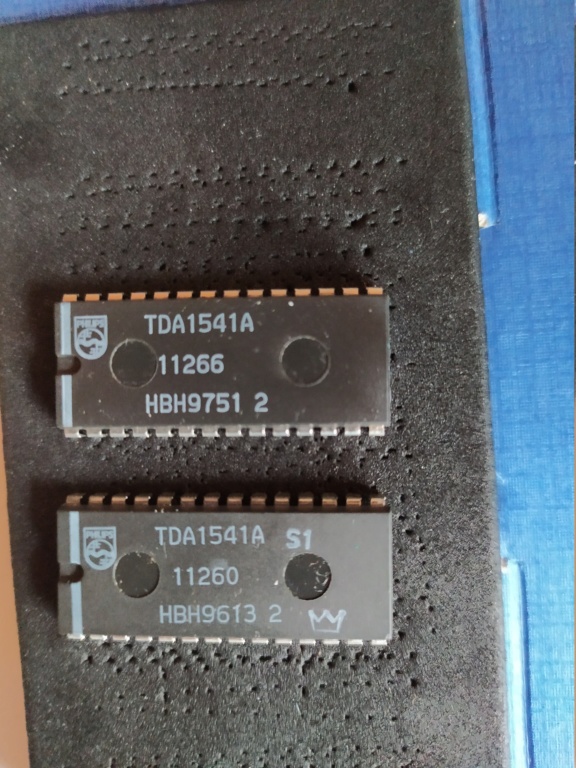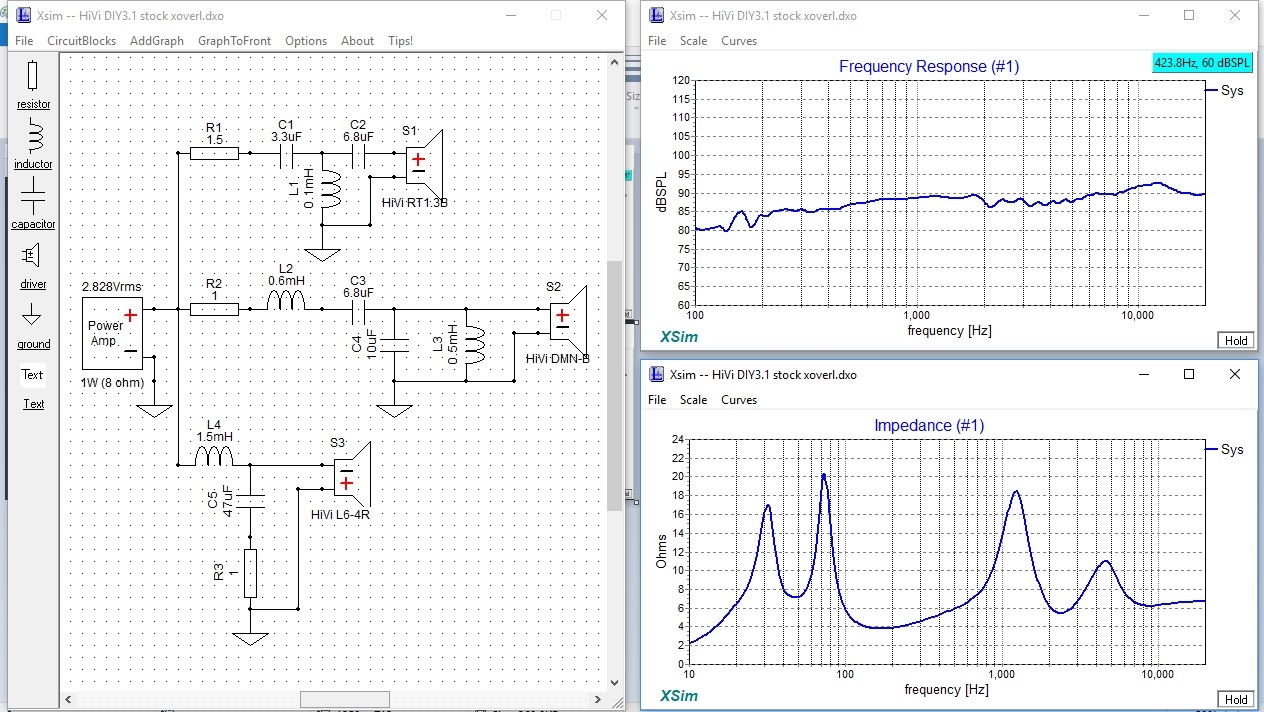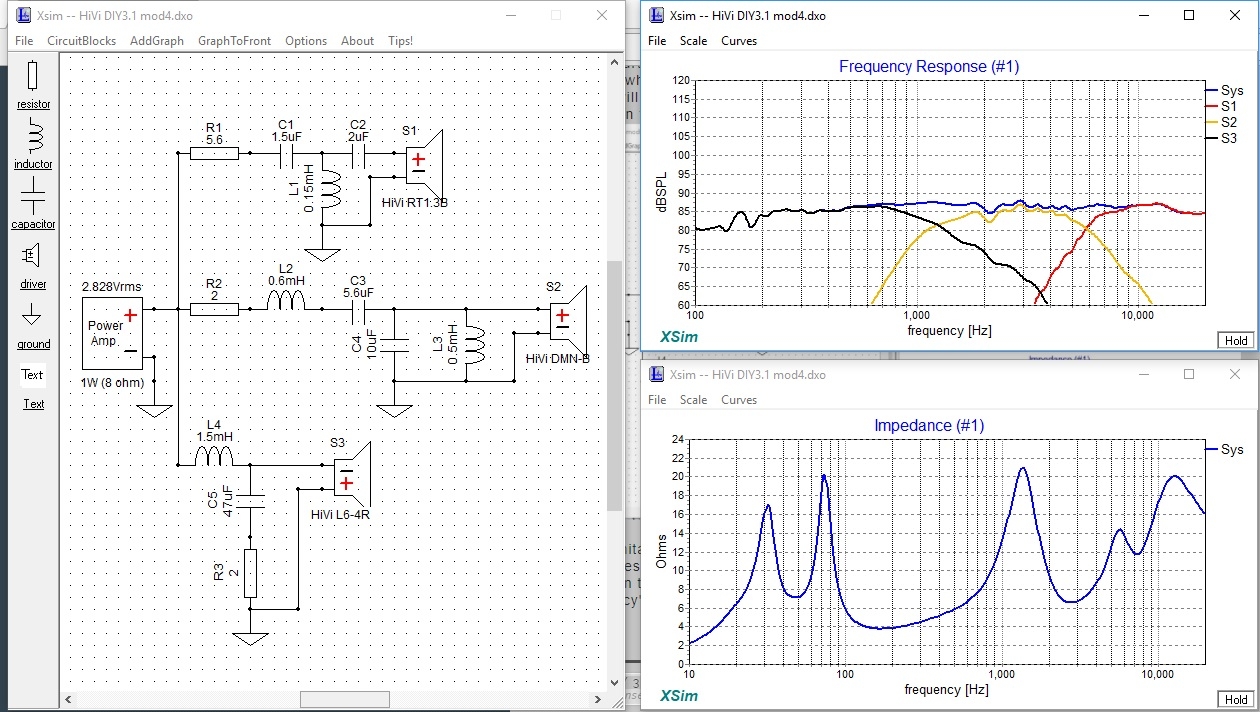Earlier this year I joined this forum with the intent of trying to learn how to build my first set of speakers. My first two posts were I guess out of place and I should have been more contrite.
After reading about & looking at all of the near field full range speakers here I decided that I would try and attempt to build a set of Montellos. I would like to thanks Big Gun for the inspiration & all the other posts that shared their experience in this little gem of a speaker. building this has been a journey, lot if fun and has tested my skills as a hobbyist wood worker.
So on with the show:
First pic starting out, having cut the pieces from the 1/2" baltic birch I arranged them so I could keep track of the assembly.
Second & third pick, I decided that I was going to attached a veneer so I thick sliced some 1/4 sawn white & red oak. Two of the pieces turned out to have this wonderful grain pattern that became the front baffle for the speakers, the other pieces were from different pieces of firewood. Pieces are about 1/4" thick & surface planed & sanded to 250 grit, 80 at first then 180 to the final 250.
Pic four, All the pieces are cut & ready for final assembly. I sourced out 1/2" felt from McMaster Carr. They sell a"soft" moving felt that is porous to blow through. Hopefully this is the correct choice.
Pic five, Assembly, I secured the felt prior to cut with double sided tape and test fitted each piece speaker trimming felt as I went for a snug fit. Each piece was set to dry for a day.
Pic six, to set off the top & bottom from the sides I used cherry. I messed up cutting the ports so I remade them using the same wood as the front baffle and added a cherry splice to break up the grain not matching.
Pic seven, time for a snooze, Toonces kept coming down to check on the progress so often that when he did not show up one time I had to go looking. Guess he bit tired
Pics eight nine & ten, left front, full set up & right front.
The right front shows a rookie mistake, I set the flush trim bit too high, clipped the driver baflle, had a few choice words with self and oops did it again at the splice. Lesson learned. My wife said she will just smile every time she looks at them. :)
These will eventually go on her desk/ home office as she is working at home while the battle of Covid19 rages on.
I am thinking about making some for this location using 3/4" speaker spikes. Would they sound the same as these???
Oh by the way these sound AWESOME. I am using my college Yamaha R300 to power these w/ a NAD cd player and will use a Wiistar digital,optical coax to analog DAC to watch the tv.
My main comparison for audio are a pair of Polk M7's. These Montellos are clearer in the high range and almost match the mid if not very close. The bass is not as mature as the Polks but is full and punchy.
I listened to Copland's Rodeo Suite and heard instruments you could not hear as clear on the M7's. If you know the piece of music, there is a section in the second & third movement where a single triangle is used. In the Montellos you not only hear the sound but the strike, in the M7's you hear the sound but the strike is not as pronounced. Staging is remarkable as well.
I wonder how much more or less would the sound be if I build a pair with the spikes, Hmm?
Well I'm going to say thanks to the designer of the Montello
For those who want to know the finish on the veneer, I used boiled linseed oil on the cherry. On the oak I started with a trans tint called golden oak in denatured alcohol, 24 hour dry time and then boiled linseed oil over the whole speaker again, cherry & oak. Burnishing as the linseed oil dried. every few hours for an hour or two. No finishing varnish or shellac as I want the oil to mature into it's own patina. You could try some amber shellac on a trial piece to bring out the color. I am satisfied with the vintage look of the box.
ENJOY & BE SAFE











